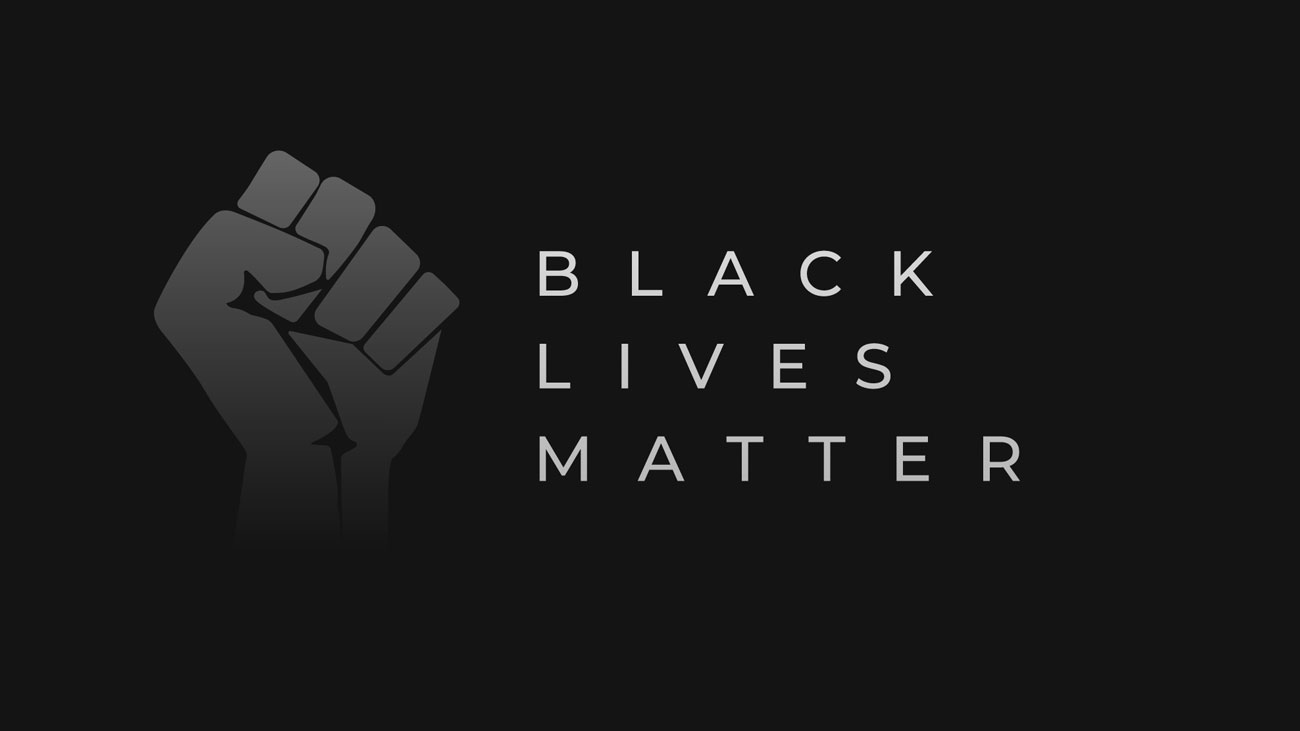
KPMG seeks more working-class employees
KPMG in the UK has become one of the first organisations to publish its socio-economic background pay gaps and set out ambitious targets to increase the number of senior employees from working-class backgrounds.
The new data measures pay gaps between colleagues from different socio-economic backgrounds by looking at their parental occupation. This method of measurement is recommended by social mobility experts, such as the Bridge Group, as the most robust and reliable indicator of socio-economic background.
Publication of this new data builds on the firm’s work to improve transparency around pay gap reporting, which it has published voluntarily for a number of years – earlier this year revealing black heritage, sexual orientation and disability pay gaps for the first time – as well as gender pay gap reporting (the gender pay gap is the difference between the average earnings of men and women, expressed relative to men’s earnings).
When analysing the data of colleagues from different socio-economic backgrounds (including partners) the firm recorded overall pay gaps of:
- Professional versus working class background: median 8.6%; mean -1.1%
- Professional versus intermediate background: median 2.2%; mean 3.2%
- Intermediate versus working class background: median 6.6%; mean -4.5%
Detailed analysis of the data reveals that while KPMG’s senior and junior colleagues are its most socio-economically diverse cohorts, working-class representation in middle management grades is comparatively lower and this is contributing to the pay gaps.
To address this, KPMG will focus on colleagues’ pathway into and through the organisation, from recruitment to progression – removing any potential barriers facing those from lower socio-economic backgrounds. This work will include:
- New recruitment programmes dedicated to bringing in talent from lower socio-economic backgrounds at middle management and senior levels.
- The introduction of mandatory training to all colleagues on socio-economic background.
- A talent development programme aimed at colleagues from lower socio-economic backgrounds.
- Using parental occupation as a key measure within HR processes.
To drive even greater progress, KPMG has introduced the firm’s first ever socio-economic background representation target, which will aim to see 29% of its partners and directors come from a working-class background by 2030. Currently, 23% of the firm’s partners and 20% of its directors are from a working-class background and working-class representation across KPMG’s Board is 22% and 14% in its Executive Committee.
Bina Mehta, Chair of KPMG in the UK said:
“The publication of this data builds on our concerted efforts over a number of years to track and measure the socio-economic make-up of our workforce. It’s only through this focus and level of transparency that we’re able to hold ourselves to account to take targeted action that will help create a fairer and more equitable society.
“I’m a passionate believer that greater diversity in all its aspects improves business performance. Diversity brings fresh thinking and different perspectives to decision-making, which in turn delivers better outcomes for our clients.”
Jon Holt, Chief Executive of KPMG in the UK, said:
“We know that investors, clients, employees and communities want greater transparency from business, and our Impact Plan is just the start. But by taking this important step in reporting and giving more details about the way we run our business, we’re measuring our progress and holding ourselves to account to ensure that opportunities are open to all.”
Nik Miller, Chief Executive, the Bridge Group said:
“Progress in diversity and inclusion requires robust evidence and practical action. In publishing pay gaps by socio-economic background for the first time... we hope that this will inspire others to follow suit and will strengthen our wider understanding about how background impacts on opportunity, and the ways in which society and business can benefit from greater equality.”







